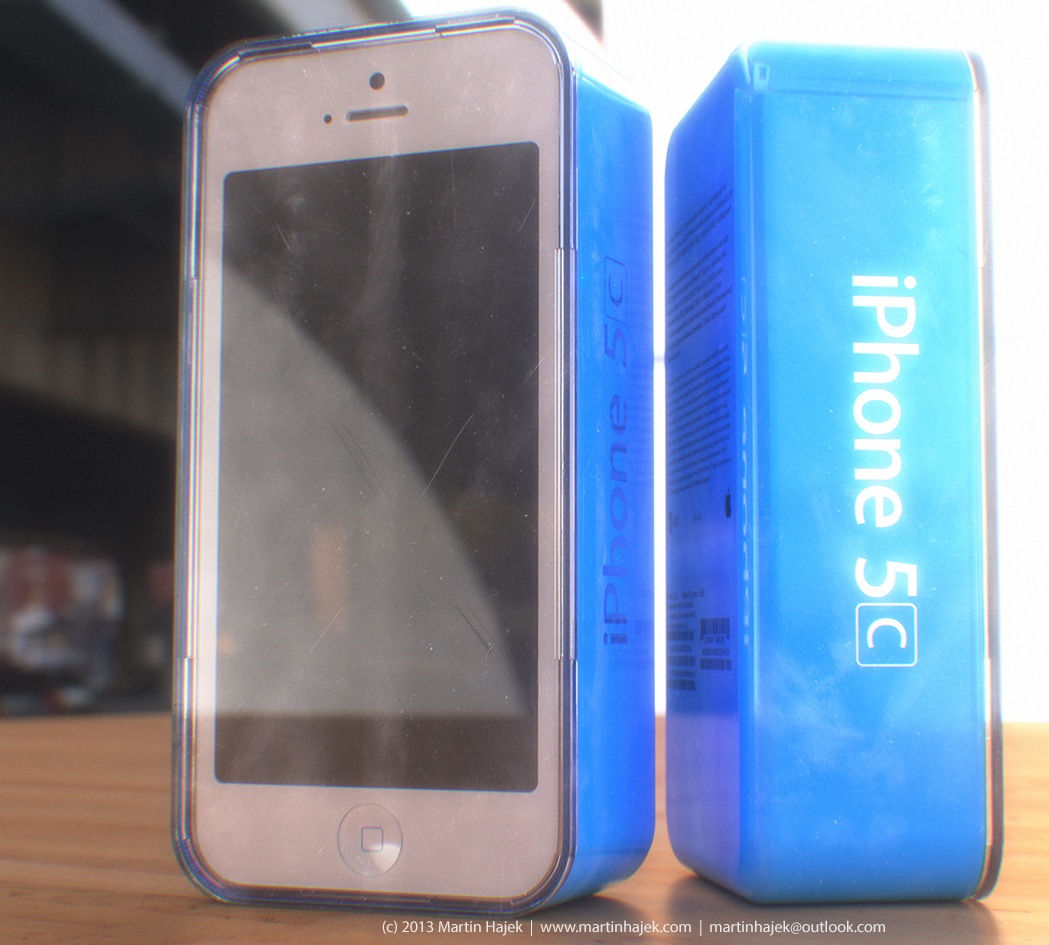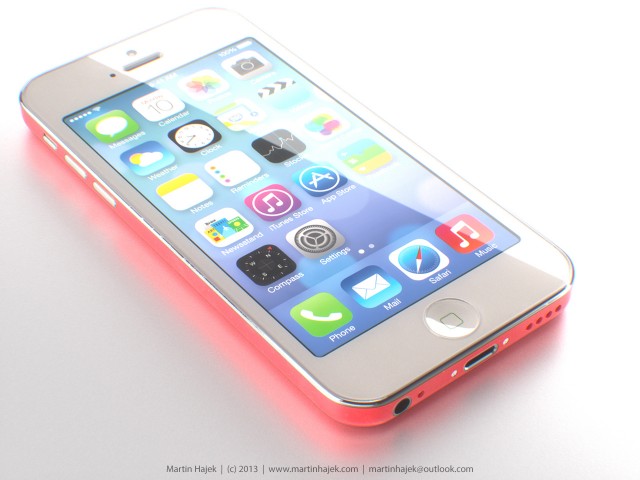Are you ready for a break from the usual headlines concerning Apple’s likely introduction of a low-cost iPhone? The perception of low-cost smartphones as some technological game of limbo between the iPhone maker and Google’s Android is all wrong, says one analyst. Those thinking Apple needs to join the race to the bottom misunderstand that hardware price is not the overriding factor for every consumer shopping for a handset…
“The fallacy those who think price is all that matters fall into believing that all consumers value the same thing,” writes Creative Strategies analyst Ben Bajarin.
For Apple, an entry-level iPhone is not designed to scoop up customers at the very bottom, where price is all-important and likely would never spend much for an app, a video or another iOS device.
“Worst part is,” writes Apple pundit John Gruber, “you just know on day one, after it’s announced and it isn’t priced at $99, the usual clowns will say the iPhone 5C is doomed and Apple out of touch because ‘Hey, that’s not cheap!’”
“I don’t expect this phone to be cheap in any way,” Apple blogger and guitarist Jim Dalrymple opines over at The Loop.
Instead, an entry-level iPhone is just that: a way for people to enter the the Apple ecosystem where you buy an inexpensive mid-range phone off-contract, move on to buy a number of apps for the device, go on to sign up at iTunes to grab some tunes or videos and then head to the Apple Store to pick up a MacBook or Apple TV.
A gateway drug, indeed.
We can’t use the hardware model to judge Apple.
For hardware makers, you judge an HP or Dell by how many PCs are sold. For Apple, the iPhone or iPad are just entry points to an ecosystem comprised of hardware, software and services.
The second error made in viewing the need for an inexpensive iPhone is to see the battle between Apple and Google as one where the Internet giant is betting the farm on Android success.
But as Bajarin notes, an entry-level iPhone profits Google, as well as Apple.
As much as Apple will benefit from getting new customers with an entry-level iPhone that benefits their ecosystem so will Google. We know Google makes more on iOS than Android and interestingly an entry-level iPhone will likely help Google’s bottom line as well.
Echoing our sentiment that we miss the big picture by just chasing unit sales and market share, Apple observer Steve Cheney points out that while Android seems to be widening its lead over iOS worldwide, Google’s mobile software may have peaked in the US.
The introduction of the entry-level iPhone 5C may throw a roadblock into Android elsewhere, where inexpensive smartphones are fueling Samsung and others.
For all those who wondered what took Apple so long to get to the inexpensive iPhone idea, Rene Ritchie at iMore claims Apple had the idea for an entry-level iPhone back in 2009 or 2010.
However, “the economics and conditions back then made them go with – and stick with – the older-model-at-reduced-price model instead.” In other words, the iPhone 4 and iPhone 4S, which became the entry-level iPhones.
In an interesting note, Ritchie sees the iPhone 5C as serving the purpose of the aging iPod touch – to introduce new customers to the Apple ecosystem.
iPhone 5C renders via Martin Hajek.


